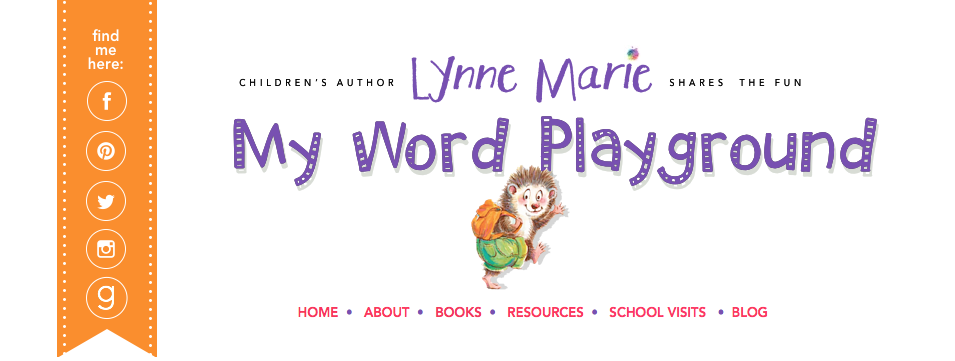A well-rounded
critique can be an invaluable tool for any writer who seeks publication. Often,
it takes the keen eyes of a peer group to see the strengths and weaknesses of a
manuscript. However, the beginning writer may feel inadequate or unprepared to
view another’s work from a critical standpoint.
Balanced critiques
create a stimulating environment of clarity and growth for all critique
partners involved in the process. The following guidelines for fiction
critiques should add a flexible degree of structure for those who are new to
the forum.
A.
Appropriate
Genre Guidelines
1.
Is the title
both appealing and compelling?
2.
Is the subject
matter age and genre appropriate?
3.
Is the word
count in compliance with guidelines?
B.
Style
1. Are
there grammar or structure problems?
2. Are
sentence structures varied? (too long, too short, awkward)
3. Are
there smooth transitions between thoughts, paragraphs, and scenes?
4. Does
the tone of the story match the intensity of the story’s conflict?
5. Do the
five senses play on the reader’s imagination/emotions?
(see, taste, hear, smell, feel)
C.
Setting
1. Is
the setting clear in each scene?
2. Does
the setting come alive for the reader?
D.
Point of View
1. Is
the POV choice effective for the story?
2. Is the
POV consistent throughout the narrative?
3. Would
the story be more interesting from another POV?
E.
Hooks and Cliffhangers
1. Does
the opening hook sell the book or the story?
2. Does
the story/chapter opening catch the reader’s attention?
3. Does
every chapter end with a cliffhanger?
F.
Plot
1. Is
there a beginning, middle, and end?
2. Is the
plot unique and interesting?
3. Is the
conflict clear to the reader?
4. Does
the story begin at the right moment?
(too much pre-story/too far into the action)
5. Does
every event move the story forward?
6. Is the
action credible and age appropriate for the characters?
7.
Does the pace feel comfortable?
(moves too slow or too fast/sags in the middle)
8. Is the
ending a natural progression of character growth and plot development? (makes
sense, satisfying, falls short, an unrealistic surprise)
G.
Characterization
1. Is
the main character (MC) clear to the reader?
2. Does
the MC grow by end of the story?
3. Does
the MC resolve the story’s conflict?
4. Are
the traits of each character balanced and believable?
5. Are
the character names appropriate or distracting?
H.
Dialogue
1. Does
the dialogue flow smoothly?
2. Is the
dialogue essential to the plot?
3. Does
the narration add to the dialogue or merely reiterate?
4. Is
there a good balance between narration and dialogue?
5. Does
the dialogue and action fit each character’s profile?
I.
Feedback
1. What
are the strengths of the manuscript?
2. What
are the weaknesses of the manuscript?
3. Can
you offer suggestions to strengthen the story?
NOTE: This is a reprint of an article by Charise Floyd for Writer's Moon in 1999. Although she showed such talent and promise, she has dropped off the grid. If anyone knows a current e-mail, facebook or other contact method for Charisse, please let me know, so that I can send her a link. Thank you!








































